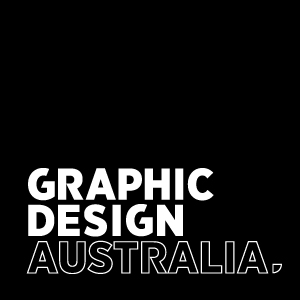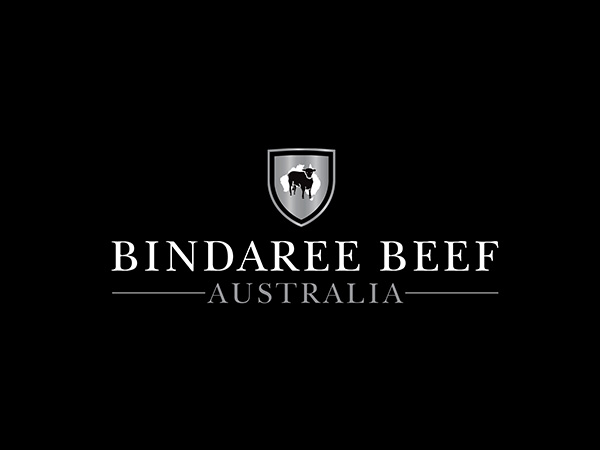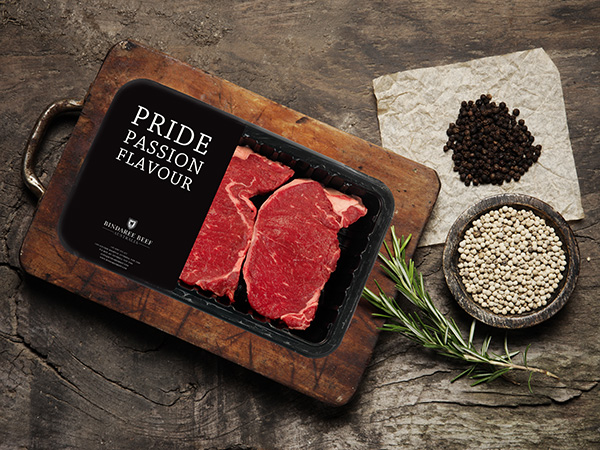How to Choose the Right Product Branding Designer
Product Branding Design | In business today, your product branding design is one of the most important elements to connect with your customers and get your products flying off the shelf.
We all understand that you can have the best product in the world, but if your packaging doesn’t appeal to your target audience more than your competitors, you’ve just lost a sale.
There’s nothing more frustrating than putting in all that work into developing your fantastic product, only to have it fall at the last hurdle.
It’s therefore important to choose a product-branding designer that has the right skill-set to create a design that captivates your customers and makes your product sell.
If you have not been through this process before, it’s difficult to know what to look out for. After all, nobody knows what they don’t know!
So in this article, we aim to help you assess potential options by giving you 5 criteria to consider when assessing if a product branding designer is going to be the right fit for you.
We've also included some useful questions for you to ask potential providers in order to make that call.
We discuss:-
- What we mean by Product Branding Design
- What to Look out for when Choosing a Product Branding Designer
- A Killer Briefing Process
- Body of Work
- Phenomenal Access to a Variety of Skills
- Copyright and Ownership of Files
- File Format
- Summary of Criteria to Consider when Choosing a Product Branding Designer
|
Project : Product Branding Design for Bindaree Beef
WHAT WE MEAN BY PRODUCT BRANDING DESIGN
“A Brand is a voice and a product a souvenir” Lisa Gansky
‘Brand’ is a term bandied around a lot these days. Almost as much as the word ‘strategy’, its meaning can be open to interpretation.
Product Branding is not just about your logo – it’s the combination of a number of tangible elements that combine to create an intangible emotional connection with your customer. It’s how you make them feel.
The tangible elements include your logo; your messaging; your values; your design elements; your physical packaging; and your product.
It’s the reason your ideal customers, stockists or distributors choose your product over that of your competitor’s.
So given the importance of your brand and your need to reflect it in your product, the first sign of a great product branding designer is how they approach the briefing process that they’ll use to inform their design, which starts with understanding your brand.
WHAT TO LOOK OUT FOR WHEN CHOOSING A PRODUCT BRANDING DESIGNER
A KILLER BRIEFING PROCESS
The briefing process is the first interaction you will have with your product designer once you engage with them. It’s the process that takes the information that’s currently in your business and/or your head; and translates it into a killer brief that you both agree on. This brief will then be used to execute your design.
No-one knows your business and your product better than you do; and a great product designer’s job is to have a structured process to translate the information that may be in your head right now; about your business and your brand, into your packaging design.
The best designers have a process for this that has been honed by years of experience. Good designers are able to seamlessly move you through their defined briefing process to get the maximum amount of useful information from you to create the brief. A good process usually involves the following elements:-
Your Brand
A product needs to reflect your brand. As Lisa Gansky said, ‘A brand is a voice and a product a souvenir’. So if a designer doesn’t look to first understand you brand, you’re in trouble!
If you don’t already have your brand guidelines documented, your designer is going to need to understand what your brand stands for, so they can create the best possible brief from which to start their designs.
Example questions they may ask you about your brand, could include the following:-
- Who is your ideal customer?
- What are their tastes and preferences? How does your brand connect with them on an emotional level? What do they care about?
- What is the purpose of your products? What problems are they trying to solve? What promises do they deliver to your ideal customer?
- What tone of voice do you use in your communication?
- Do you have a documented brand personality? If not, what are the top 4–5 keywords you, or your customers would use to describe your business?
- What are the values of your business?
Existing Aesthetics
An experienced product designer will also be looking to understand how your product branding fits in with other elements of your brand, products, and overall design elements.
They will generally ask for things like:-
+ Pinterest Boards or links to shared folders that showcase images of existing designs or marketing collateral
+ Images of other products in your range
Shelf Placement
Does your design brief from your product branding designer include a request for images of the shelves your product will be placed on? It needs to! If your product is going to be sitting flat in a cold refrigerator with other meats, for example, and the main view is ‘top down’; the design is going to be different than if you have a portrait space on a shelf in the health food aisle.
Similarly, how well your design stands out from the crowd is influenced by the products sitting next to yours on the shelf.
Therefore images of your competitor’s products that will be sitting next to yours are a vital input to the briefing process. It’s important your designer asks for all this information in order to make sure they can help create an incredible design that will see your products fly off the shelf.
Mandatory Industry Requirements
Any product branding designer worth their salt knows that every industry, and sometimes product, has its own unique requirements for mandatory product information to be displayed on the outer packaging. This information needs to be an input into the briefing process and needs to come from you as the business owner.
This is because you are legally responsible for the information on your outer packaging conforming to your industry’s standards. We have heard of cases where packaging was printed but couldn’t be used because this product information required by legislation was missing from the design.
Don’t let this happen to you!
If you are looking for useful resources, here’s a few to get you started:
- The Australian Government website on legislative requirements for product labelling
- Requirements for listing ingredients in food
- The Australian Food Standards Code
- Country of origin claims on packaging and the Australian Law
- The Australian Made website detailing how to obtain certification to use the Australian made logo for non-food products
Method of Data Collection
Finally, it’s good to ascertain before engagement how the briefing process will work. While many companies rely solely on a briefing form that needs to be completed; our experience shows there’s a lot that gets lots in translation by operating this way.
Operating only via the phone and/or email can create similar issues. This is why we always recommend face-to-face interaction as part of the briefing process.
Check with your potential designer how they operate.
Summary – Useful Questions to ask about the design briefing process
While there’s detailed information above, here’s a summary of some basic questions to ask potential product brand designers to understand their level of experience in this area:-
- How does the briefing process work?
- Can you send me your product branding brief process or form?
- What do you need from me as inputs?
- How will we work together to agree a brief?
- What are your industry’s mandatory requirements for packaging information?
A BODY OF WORK
Before deciding on a product branding designer, you want to check out their portfolio of product design work completed.
While all their designs may not be appropriate for what you need, you are looking to choose a designer…
- whose portfolio is of a quality that you are comfortable with
- who has ideally demonstrated experience in yours or a similar industry
- who can demonstrate their designs work across a number of media in a cohesive way (e.g. website, product, printed marketing material, stickers)
- who can demonstrate their designs work across a number of different flavours, sizes or styles (as appropriate to your product)
- who has a depth of experience and positive reviews
PHENOMENAL ACCESS TO A VARIETY OF RELATED SKILLSETS
Great product branding designers understand there are a variety of skills required to come together to create a captivating product design that delights your ideal customer and compels them to purchase your products.
There are many elements and applications of your product brand design that need to work across your product/s; print; websites and sometimes more.
Therefore it’s optimal to select a designer who has a breadth of skillsets in their team, including:-
- Web developers
- Web designers
- Copywriters
- Illustrators
- Graphic Designers
For premium product design, it’s critical the appropriate mix of skill sets sit next to each other to effectively develop your design and achieve a quality output.
COPYRIGHT AND OWNERSHIP OF FILES
You should always confirm that you will own the right to use your product images commercially after your final designs are agreed upon.
Although this is standard practice for experienced product branding designers, it should be a criteria that you confirm prior to engagement.
FILE FORMAT
A great question to ask a potential product designer is ‘how will I receive my files?’.
A professional designer will be happy to share with you all your designs in the following formats:
- JPEG – it is ideal to have this format in large and small file size. The smaller sized files are likely to be used on your website
- PNG – this format allows a transparent background on your images. It’s important to get this as if you decide to change a small thing later, having a transparent background will make it a lot easier to do
- VECTOR FILE (for example EPS; .AI; , SVG) – this enables you to take the design apart and tweak it without the need to recreate all the elements. This is useful if you anticipate small changes in the future that will require this.
- PDF FILE – you will need this for your printer to make sure the quality of the file is as high as possible (300dpi).
IN SUMMARY, THE 5 ELEMENTS TO LOOK OUT FOR WHEN
CHOOSING A PRODUCT BRANDING DESIGNER INCLUDE:
A Killer Briefing process
Questions to ask to understand how they work-
- How does the briefing process work?
- Can you send me your product branding brief process or form?
- What do you need from me as inputs?
- How will we work together to agree a brief?
- What are your industry’s mandatory requirements for packaging information?
Body of Work
You should be able to access a product branding designer’s portfolio of work on their website.
Considerations include:
- Portfolio quality
- Experience in your industry
- Cohesive designs that work across a number of mediums
- Cohesive designs that work across a range of products (as appropriate) – not just a single one
- Testimonials and case studies
Access to a variety of skills
Design is just one skill set that you may need – you want to choose a product branding designer that additionally has access to web designers, web developers, illustrators, copywriters, and graphic designers – ideally all under one roof!
Copyright and Ownership of Files
You should always confirm that you will own the copyright of your designs on completion and payment of your design.
File Format
Make sure you get your files in a variety of formats that will have multiple uses for you down the track, including JPEG, PNG, PDF, and VECTOR file formats.








